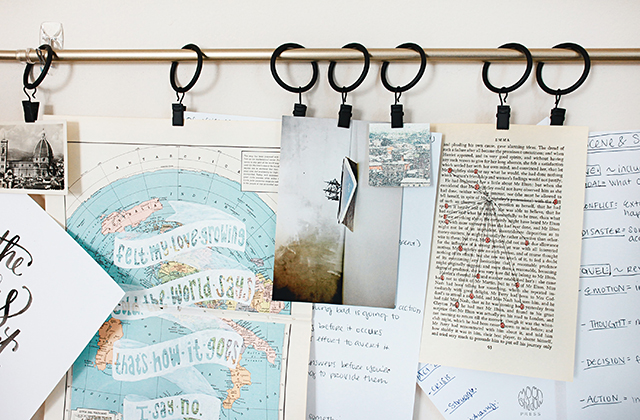
Know your story
Think of your tv storyboard as your visual diet – the things you focus on eating every day. You have to identify what is important in your storyboard, and then go get it. It may be easy for you to say these are the things I need to see, but it’s not always that easy for others to see what you’re seeing. Whether or not you get what you want out of your focus may spell success or failure for your storyboard.
Your storyboard is your vision of what your movie should be. It serves two purposes: It helps you find funding and it helps give you a sense of direction. The first step in making a movie is to create a storyboard. A storyboard is essentially a visual representation of how your movie will begin and end. It can also be used to brainstorm ideas for scenes and characters. It’s useful to have several different versions of your storyboard so that you can see different aspects of the movie in different light and with different shades of gray.
Find re-usable assets
When you’re working on a video without a storyboard, it can be hard to know where to start. The hardest part about video production is often deciding which shot or sequence of shots will be best. In this post I’ll share some techniques for finding re-usable assets. These are things you can reuse over and over again in your video, whether they’re props or creatures. You can also find inspiration for your scenes from other videos, pictures, or artworks.
Whether you’re a storyboard artist or a visual effects supervisor, every episode is full of tiny details that need to be designed, placed, and blended. You’re constantly thinking of solutions for the next shot instead of worrying about the art. This is why it is important to have a system for finding reusable assets. You wouldn’t want to spend time trying to find a model for a chair if you could instead search for photos of that particular model on Byond. This is how Reusable Assets can help make your life easier.
Break out the copy
Have you ever sat down to write a story, and just couldn’t get it started? It seems like a daunting task, especially if you’re struggling with a similar issue with a draft of your novel. But it’s actually easier than it looks. Break out the copy of your storyboard and see how many similarities you can find between your story and the product you’re trying to develop. This exercise will help you see the big picture and break big tasks into smaller pieces that can be accomplished one at a time.
A storyboard is a rough outline of what you want your animated character to look like at various stages in the story. You can use it to help design the look of your entire film, or just a few key scenes. Break out the main poses and poses for a scene that shows your character doing something exciting. Break out individual frames for each pose as you get interested in designing the motion of your character. Don’t worry if it looks rough – you’ll get better at drawing characters later.
Move your camera
It’s easy to become overwhelmed by the many choices available when choosing a video topic for your animation. The truth is there are a lot of factors you need to consider before you choose a subject for your animation project. Animation is somewhat of an art form in and of itself, so there are certain things you need to consider readjusting as you progress through your storyboard. This article can help you figure out where to start moving your camera, and what camera equipment you should be using.
Camera movements are often the first thing an artist sees when they begin working. It’s hard to imagine being anywhere else. It’s equally hard to finish a project if you’ve spent the whole time thinking about how best to frame a shot or which post-production software you should use. When the perspective changes from your static shot (which is how most of us see our own work) to live action, it can be hard to remember where you were held. My goal for this article is to provide you with three simple ways you can get out of your own way.
Print for readability
Once you’ve decided on your target audience and pitched your story, the next step is to figure out how you are going to get there. This is where the magic of storyboards comes in. When you know how you want your story to end, it becomes much easier to visualize it and outline its events. To make things even better, having a printed version of your storyboard can become quite valuable in terms of keeping others engaged throughout.
Make sure you are holding your storyboard in your hand so you can see exactly what you need to write about. It can help you get a better idea of how a scene should go and what words should be used. You may also want to use a different pen or pencil for differentiating between camera angles, for example. Having a rough outline can also make it easier for you to retain something once you write it down. Visit this article to read more about storyboards.